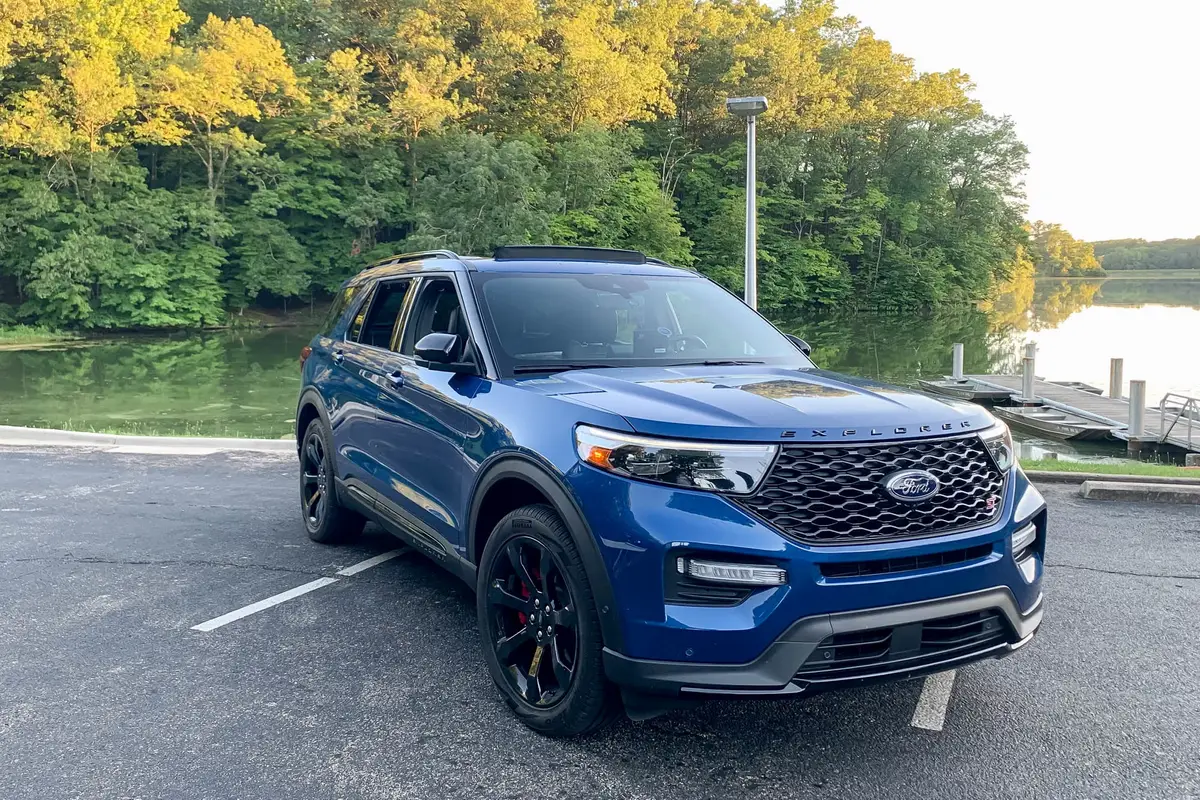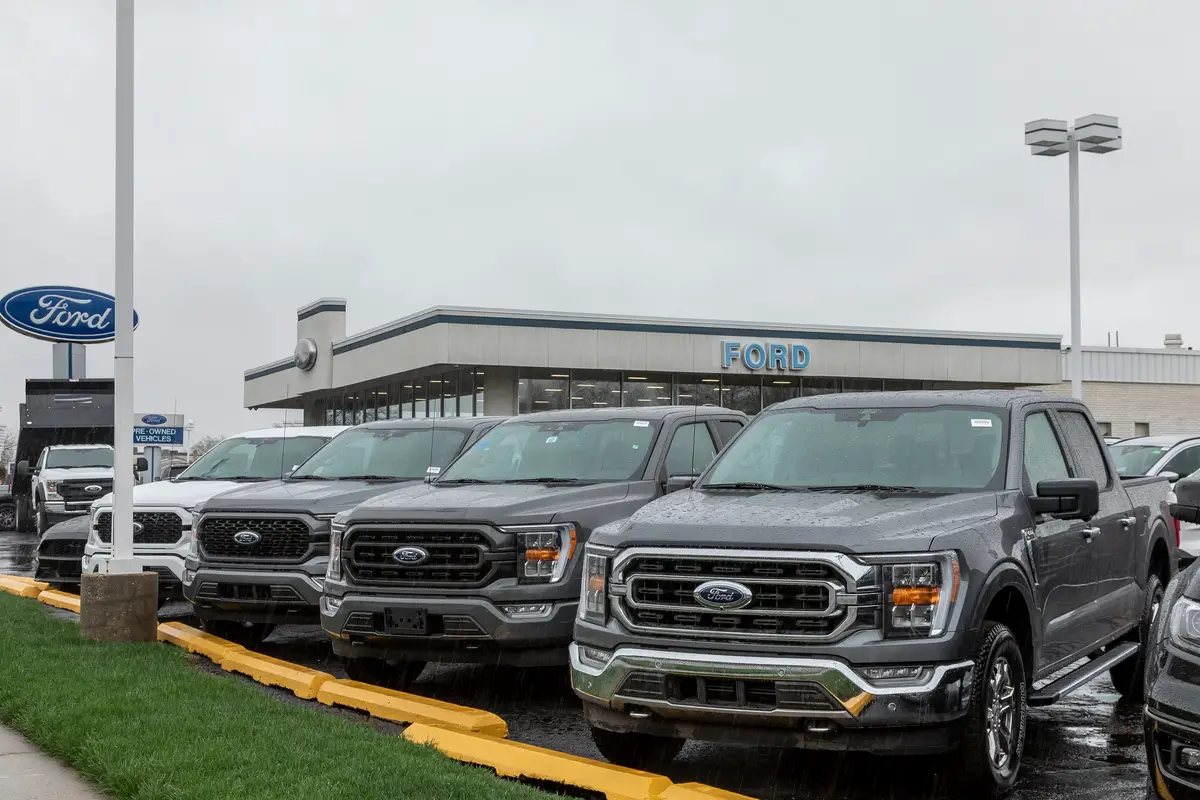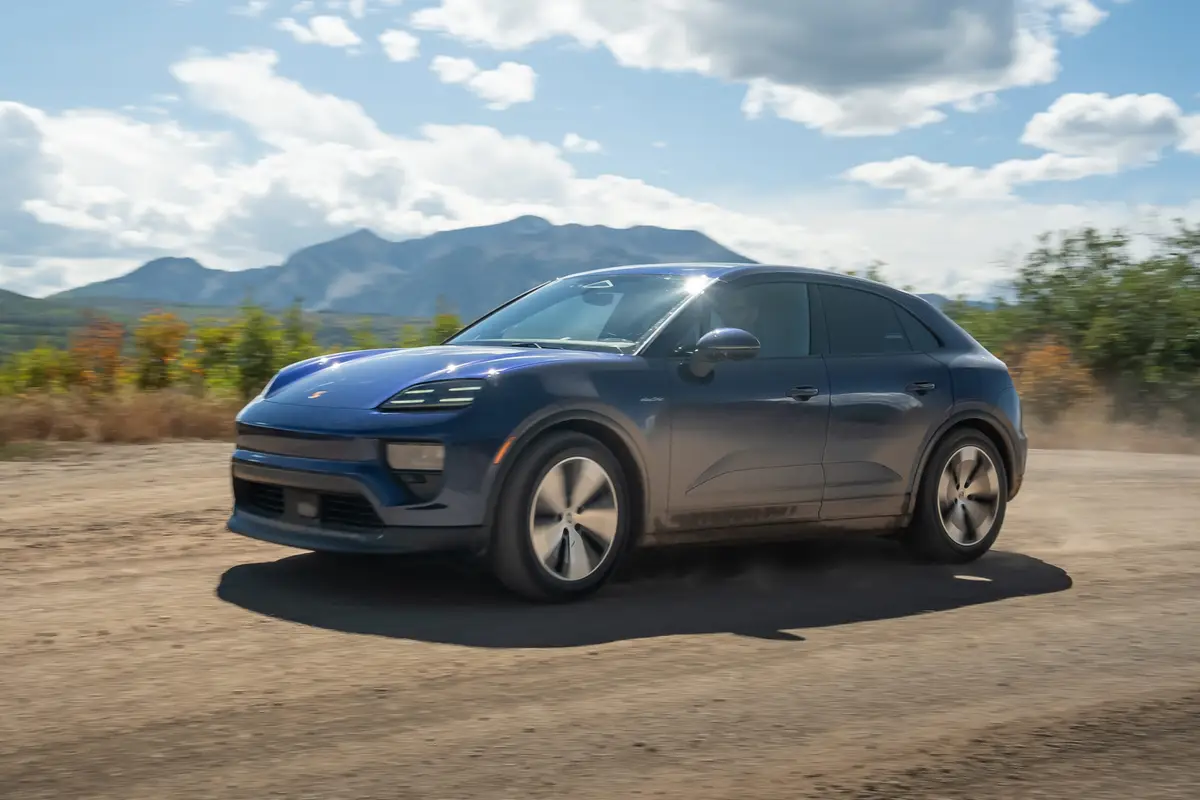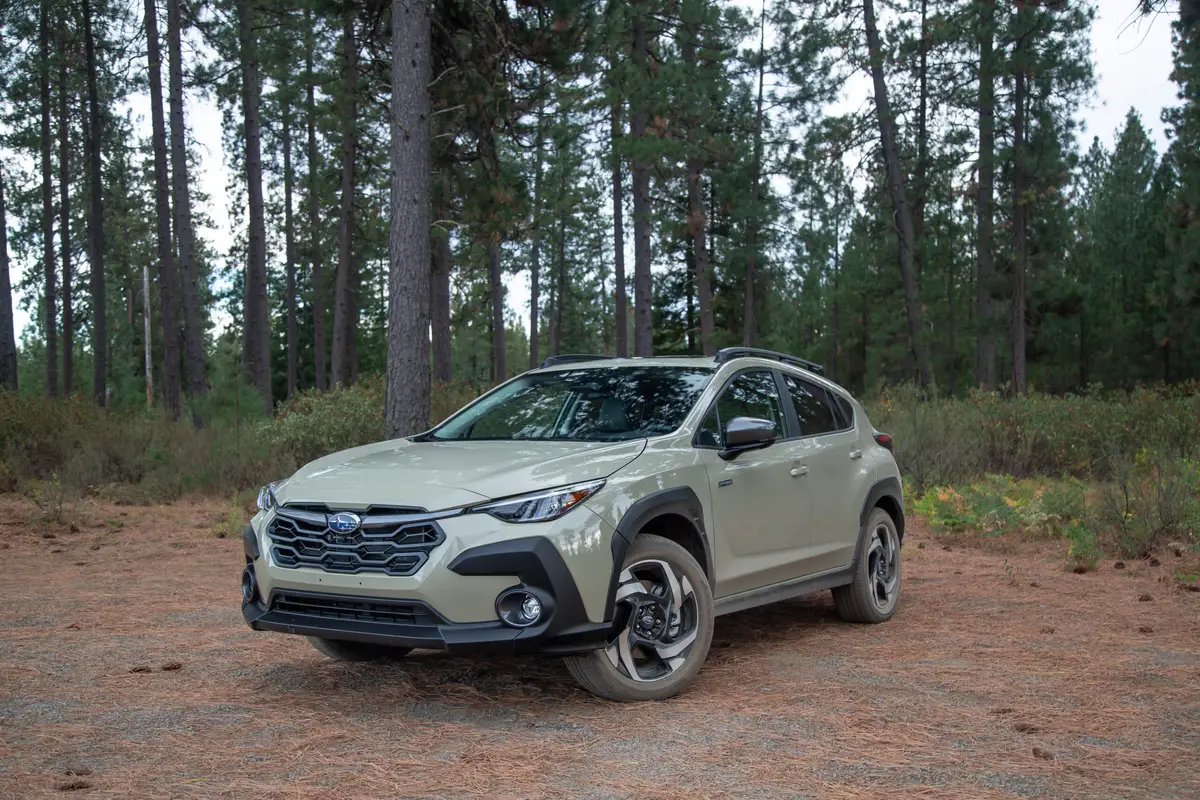Used-Car Prices Are Finally Dropping; Here’s What to Expect in 2023


The last two years have challenged used-car shoppers on a number of levels. As the microchip shortage wreaked havoc on new-car inventory, shoppers turned to used cars as an alternative, which led to sinking inventory and skyrocketing prices. While many chose to wait out the storm in hopes of a wider vehicle selection, others were simply priced out of the market entirely. As 2022 comes to a close, some promising signs indicate that used-car prices have peaked and will continue to fall in the coming year. Here’s what the market looks like today and what shoppers should expect when buying a used car or trading in their vehicle in 2023.
Related: When Will Used-Car Prices Drop? 3 Things Car Shoppers Should Know
Used-Car Price Trends
The Bureau of Labor Statistics’ consumer price index tracks monthly changes to consumer spending on goods and services. The most recent report for November shows a 2.9% drop in spending on used cars and trucks compared to October, marking the fifth consecutive month of declines. Used-vehicle spending also fell 3.3% over a 12-month period from November 2021 to November 2022; that’s in stark contrast to new-car spending (which jumped 7.2% over the same period) and the overall index (which rose 7.1%).
Automotive analysts from J.P. Morgan agree that used-car prices have most likely peaked after climbing 43% from February 2020 to September 2022. As new-car production improves, demand for used cars will ease up and prices will continue to fall in the new year. The firm estimates that used-car prices will drop 10%-20% in 2023; new cars, on the other hand, are predicted to see a modest decrease of just 2.5%-5%.
According to Sam Fiorani, vice president of global vehicle forecasting at AutoForecast Solutions, the easing of the microchip shortage and new-car production improvements are responsible for the recent drop in used-car prices:
“The worst of the microchip shortage should be behind the automotive industry,” wrote Fiorani in an email to Cars.com. “With an increased focus on finding chips for cars and trucks, the shortage started easing, but the slowdown in demand of electronics has helped even more. During the pandemic shutdown, the demand for new tech devices grew sharply, limiting access to chip production. Over the last year, this demand has slipped, opening chip production capacity and allowing the automotive industry better access to semiconductors. … There are still bottlenecks in shipping and the supply of other components holding up vehicle output, but none as severe as slowdowns associated with the chip shortage.”
Cars.com Data: Prices Inch Down
After reaching a peak of $25,721 in February, average used-car prices among Cars.com dealers have been on the decline, with more substantial drops seen in recent months: In October, the average price for all used vehicles was $23,499 — down 3.4% compared to one year prior and 7.8% compared to April 2022. The trend continued in November with an average used-car price of $23,000 — a nearly 8% drop from the same time a year prior.
Average prices on some of the most popular models are following suit: The average used price across all model years of the Chevrolet Silverado 1500 has dropped nearly 11% from November 2021 to November 2022, while prices on the Ram 1500 and Ford Explorer are down approximately 9% and 10%, averaging $29,590 and $23,499, respectively. Other popular used pickups like the Ford F-150 ($27,619 average price) and Toyota Tacoma ($30,988) have seen prices drop approximately 6% year over year. Finally, bestselling compact SUVs like the Toyota RAV4 and Honda CR-V saw prices decrease 2.4% and 5.3% on average.
This trend doesn’t apply to all models, however — namely Toyota sedans. The average price of a used Camry climbed 0.6% year over year at $18,873, and there was no change in the average price of a used Corolla at $16,574.

Newer Vs. Older Model Years
Shoppers looking for a gently used car in the coming months may notice a steeper price drop than those considering an older variant. The average price of a 2020 model among Cars.com dealers was $32,555 in November — down 4% compared to the prior year. Meanwhile, the average price on a 2018 model rose 1%, reaching $27,000. And there was no change in the average price of a 2013 model at $15,990.
Even as falling prices point to light at the end of the tunnel for shoppers, it’s worth noting average used-car prices still hover well above those seen before the inventory shortage began: The average used-car price among Cars.com dealers in November 2020 was $18,321 — two years later, prices have jumped by nearly 26%.
Inventory Gains
Not only will used-car shoppers likely find more affordable options in 2023, improving inventory levels should make finding the right vehicle easier. The average number of days a vehicle spends on a dealer lot is a good indicator of inventory levels, and among Cars.com dealers, that number has been on the rise, climbing from 30 days in November 2021 to 46 days in November 2022.
“With the inventory of used vehicles growing, that power is shifting back toward buyers, and lower prices reflect this,” noted Fiorani. “Prices will continue to slide, but getting prices back to the pre-pandemic trend will not happen quickly. Buyers should expect to pay more than they did in 2019 for a while as manufacturers and dealers are not anxious to load up to pre-pandemic inventory levels.”
How Does This Impact My Trade-In?
When used cars became a scarce commodity, trade-in values soared as dealers aimed to fill their empty lots. Even among all the hurdles shoppers were faced with, those with a car to trade in or sell were presented with a lucrative opportunity to get top dollar for their current vehicle. According to J.D. Power, the average trade-in value hit a record high of $10,381 in June — a 49% jump from the same time a year prior.
After three consecutive months above $10,000, average trade-in values have started to drop: J.D. Power’s December sales forecast shows the average trade-in now brings in $9,316, down 3.1% from December 2021 and $786 less than the June peak. While vehicle trade-ins are still bringing in significantly more than in previous years (the average was $5,626 in December 2020), it’s likely that these values will continue to fall in the coming months alongside used-car prices.
More From Cars.com:
- Inventory Shortage Update: Should You Wait to Buy a Car?
- Inventory Shortage Leaves Little Room for Haggling; Here Are 5 Other Ways to Save on Your Car Purchase
- Should You Trade in Your Car or Sell It Privately?
- Amid Inventory Shortage, Used Prices Approach New
- More Car-Buying Advice
What to Expect in the Coming Year

If the preceding trends continue, used-car shoppers will see barriers lifted in 2023 as used-vehicle inventory grows and average price tags continue to drop. But as some conditions improve, it’s important to be prepared for new challenges like lower trade-in values, economic uncertainty and rising interest rates. According to Experian, the average used-car interest rate in the third quarter of 2022 was up across all credit scores compared to the same time a prior year, ranging from 3.7% for super prime to nearly 20% for deep subprime scores. That’s an increased rate change of 1.3% for super prime and 0.5% for deep subprime.
According to Fiorani, however, there are still many reasons to be optimistic if you’re shopping for a used car.
“Better access to chips and other components will help manufacturers increase output of vehicles, while the idea of a looming recession is slowing demand,” he wrote. “A consistent demand for new vehicles and a limited supply of product allowed dealers to sell at or above MSRP, with many dealers adding on surcharges to all new, and many used, vehicles. With more supply and potentially less demand, prices in 2023 should begin to slip. Growing inventories will eventually remove the surcharges and allow buyers to negotiate even lower prices, getting the market back to something looking more ‘normal.’”
Related Video:
Cars.com’s Editorial department is your source for automotive news and reviews. In line with Cars.com’s long-standing ethics policy, editors and reviewers don’t accept gifts or free trips from automakers. The Editorial department is independent of Cars.com’s advertising, sales and sponsored content departments.

Former News Editor Jane Ulitskaya joined the Cars.com team in 2021, and her areas of focus included researching and reporting on vehicle pricing, inventory and auto finance trends.
Featured stories





